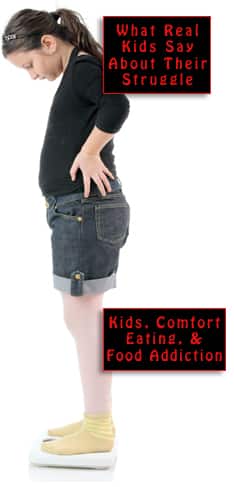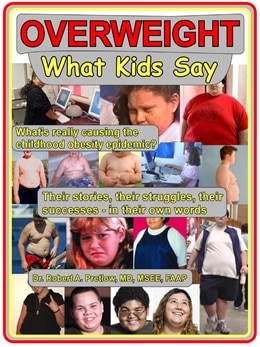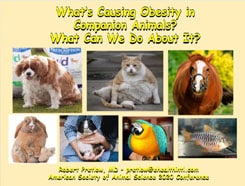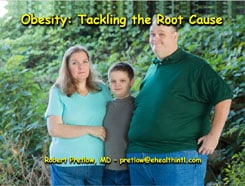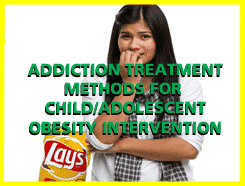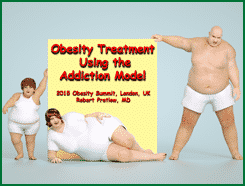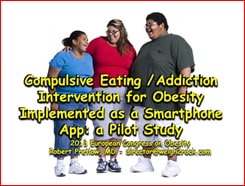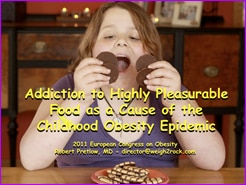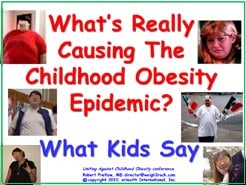Oprah Through the Years, Part 3

Harpo Productions Inc. began in 1986, and much of what will follow here comes from the Harpo Inc. website. In the same year, The Oprah Winfrey Show won three Emmy Awards. Ten years later, Oprah’s Book Club was formed, and astute readers purchased millions of books on her recommendation. The turn of the century marked the premier of O, The Oprah Magazine, which was published for 20 years. In 2007 the star was troubled by medical problems including confusing diagnoses first of hyperthyroidism, then of hypothyroidism.
In 2009, an episode of the TV show consisted of a hardcore intervention session for 16 obese teenagers led by medical professionals and counselors, and it brought a lot of attention to an under-recognized problem. Having already learned many things from the fitness guru Bob Greene, Oprah remarked about the adolescent guests, “How they got here goes way beyond junk food.”
Focus on the young
Before too long, another episode featured formerly obese young people, their parents, and grownup experts who spoke, complete with animated graphics, about the difference between gastric bypass and Lap-Band® surgery. A friend of the show Dr. Oz opined that the great majority of obese people eat to satisfy emotional need, and the huge advantage they have over other types of addicts is the legality of their preferred substance.
Eating is a socially acceptable addiction, and he is absolutely correct about that. One thing we know for sure about the earliest humans is that they shared food. Social eating has always been acceptable, since forever, in every dwelling place of humankind.
Dr. Diana Farmer, very wary of potential long-term problems, expressed reluctance about letting adults influence a child’s surgical fate. One of the dangers of bariatric surgery is the tendency of post-op patients to find other substances or processes to replace their food addiction. Some will instead take up drinking, which is especially dangerous because their drastically re-engineered interiors now respond to alcohol differently from how other people’s organs deal with it.
There is some speculation that bariatric surgery makes it impossible to cheat by routinely consuming too much. But that isn’t true, because a patient who is dedicated to self-destruction can easily eat their way over, under, around, and through what the doctors did, and mess themselves up big time.
And what about the star?
In his book Oprah Winfrey: The Real Story, CBS journalist-turned-biographer George Mair mentioned his subject’s several romantic disappointments, like a very sad parting in the early 1970s. Then in New York, there was a long affair with a married man over which, in 1981, she seriously considered ending her life, and to which she later attributed much of the blame for her weight problem.
Speaking of other loves, she referred to herself as having been addicted to various men. But at the base of that was an insatiable need for approval, because she really did not approve of herself, and wearing a layer of fat helped to “cushion herself against the world’s disapproval.”
How long has Oprah Winfrey been talking to the public about her weight, and the endless conflict caused by trying to keep it under control? Fifteen years ago, she observed that while her TV show and magazine were all about showing people how to live their best lives, her own behavior was far from exemplary. Here are two quotations from that era and one from 2010:
I was talking the talk, but I wasn’t walking the walk. And that was very disappointing to me.
I don’t have a weight problem — I have a self-care problem that manifests through weight.
My drug of choice is food. I use food for the same reasons an addict uses drugs: to comfort, to soothe, to ease stress.
There she was, one of the wealthiest women on earth, able to afford quality groceries, a personal trainer, spa retreats, a home gym, and virtually anything else that might help the slimming process — and her best efforts led to dismal failure. Having previously been able to get down to 160 pounds, she was unpleasantly surprised when one day the scale read 200. That kind of joke, no one has the sense of humor to handle.
In 2011, The Oprah Winfrey Show ended, and right around the same time, something pretty terrific happened — the publication of Bob Greene’s book, The Life You Want: Get Motivated, Lose Weight, and Be Happy. It wasn’t the first Oprah-related book that someone who worked for her had published. In 1994, there had been “In the Kitchen With Rosie: Oprah’s Favorite Recipes,” by Winfrey’s former chef, Rosie Daley.
Greene had always been wary of attributing too much importance to food, because “Weight is a symptom of something that needs to change. It’s usually not simply about food.” He formulated three questions that a person needs to answer if the weight-loss commitment is sincere:
1. Why are you overweight?
2. Why do you want to lose weight?
3. Why haven’t you been successful?
It is necessary to identify the life circumstance that needs change, and the answer is highly individual. And, what if the answer is “I want a divorce” or something equally incendiary? Ideally, a person wants a better life, but defining that is an art form in itself. Also, it is necessary to name the factors that led to failure in the past, because they will certainly recur unless and until the person just figures out how to come at it in a different way.
All of which helps to explain why Oprah said of Bob Greene, “This guy has changed my life — affected my life — more than any other person on the planet.”
Your responses and feedback are welcome!
Source: “Harpo Inc.,” Company-Histories.com, undated
Source: “On abandoning “fattertainment”: Why the way we talk about childhood obesity matters,” Salon.com, 03/22/24
Source: “Oprah Winfrey: The Real Story,” by George Mair, 1996
Image by Richie Diesterheft/Attribution 2.0 Generic










 FAQs and Media Requests:
FAQs and Media Requests: 